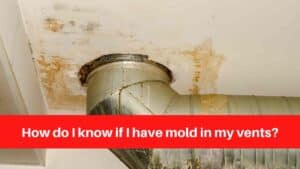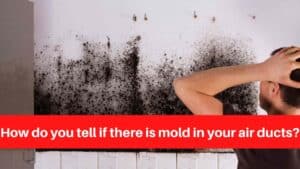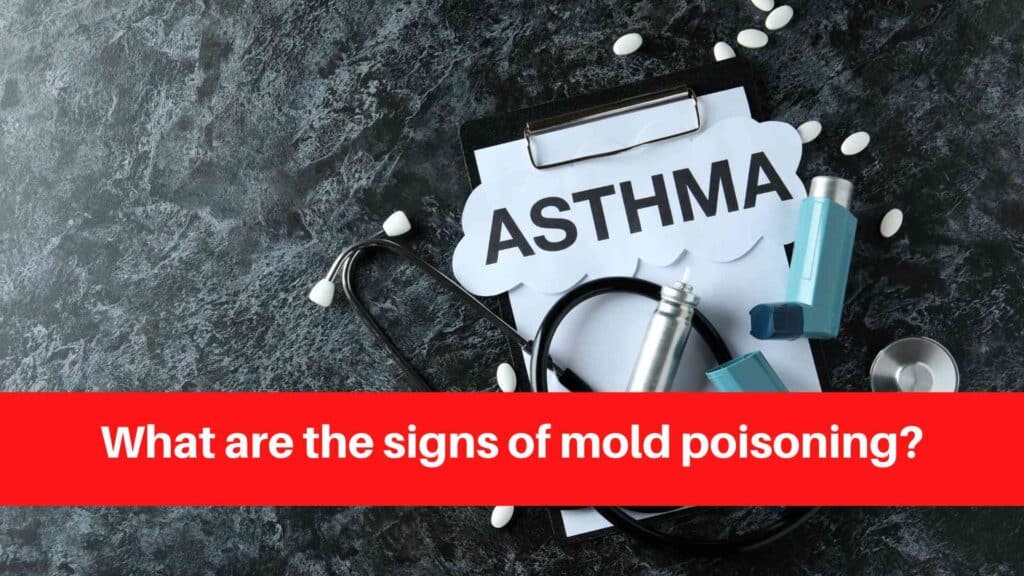The Silent Danger: Recognizing Mold Poisoning Symptoms
Mold is a fungus that can grow both indoors and outside. Mold spores are extremely small particles that can be found in the air, on surfaces, or in soil. Mold spores can grow and multiply when they land on a moist surface. Mold exposure may cause an allergic reaction or an asthma attack in people who are allergic to it. Mold-induced asthma symptoms include wheezing, shortness of breath, and chest tightness. Coughing, postnasal drip, sneezing, dry scaly skin, itchy eyes, nose, or throat, and nasal congestion are the most common symptoms of mold exposure.
Mold poisoning happens when someone inhales or consumes mold spores or mycotoxins. Mold spores are microscopic airborne particles that can float indoors on dust particles or air currents from outside. Mycotoxins are poisonous substances produced by specific molds. Some mycotoxins are carcinogenic to humans.
Most people who are exposed to mold do not develop mold poisoning because their bodies are capable of removing spores and mycotoxins before they cause harm. People with weakened immune systems (such as those with HIV/AIDS or undergoing chemotherapy) or chronic lung diseases (such as asthma or emphysema) are more vulnerable to mold poisoning. People suffering from these conditions should avoid areas with visible mold growth or musty odors, which could indicate the presence of hidden mold colonies.
How to Identify Mold Poisoning
Mold poisoning can be difficult to identify because the symptoms are frequently similar to those of other illnesses. If you suspect that you or a loved one has been poisoned by mold, see a doctor as soon as possible.
When attempting to diagnose mold poisoning, there are a few key things to look for. First, consider whether there has been any mold exposure. If you live in a high-humidity area or have recently experienced water damage in your home, you are more likely to have been exposed to mold.
Next, pay close attention to the symptoms you or a loved one is experiencing. Coughing, wheezing, shortness of breath, difficulty breathing, congestion, runny nose, eye irritation, and skin irritation are some of the symptoms. If these symptoms appear sudden and severe, it is critical to see a doctor right away because they may indicate mold poisoning.
Finally, make a note of any other medical conditions that may exist. Because mold poisoning can mimic other illnesses, it is critical to rule out other possible causes of the symptoms before making a diagnosis.
If you suspect that you or someone you know has been poisoned by mold, you should seek medical attention as soon as possible. Most people recover completely from mold poisoning with proper diagnosis and treatment.







